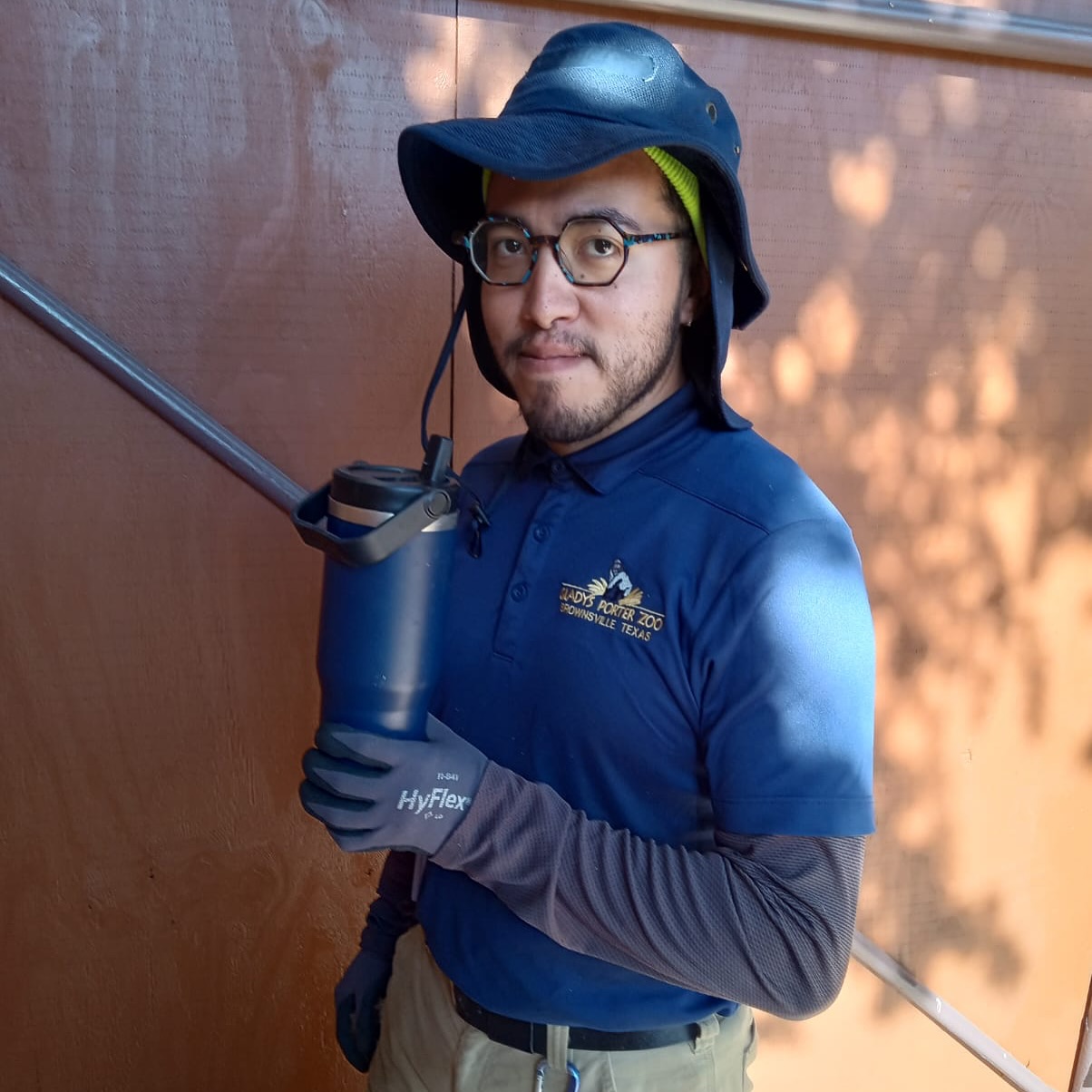- Understanding the significance of temperature changes in the Rio Grande Valley (RGV) and their impact on local wildlife.
- The role of zoo management in adapting to seasonal changes and maintaining animal well-being.
- Strategies implemented by zookeepers to provide warmth and comfort to animals during colder months.
- The importance of insulation and nutrition in caring for zoo animals as temperatures drop.
- The role of conservation in preserving native species in varying climates.
As temperatures dropped below 60 degrees in the Rio Grande Valley (RGV), it marked a noticeable shift in the environment. For many species, especially the ones accustomed to the region’s typically warmer climate, such changes demand careful consideration and adaptation. This transition highlights the importance of understanding weather patterns’ impact on animals’ lives. It necessitates an adept response from zookeepers and wildlife managers to ensure the health and comfort of their charges.
In the world of zoology and wildlife management, temperature changes are more than just shifts in the mercury. For the mammals under Daniel’s care, a mammal keeper, the cooler temperatures call for strategic adaptations. The first line of defense against the cold includes layering clothing and providing insulated beverages to help maintain human and animal caretakers’ body temperatures. More importantly, for the animals, this involves the addition of straw bedding and other insulation materials in enclosures, essential for hoofstock and other susceptible species like cranes. These measures are crucial, as hoofstock are particularly vulnerable to abrupt changes in temperature, given their sensitivity to drafts and cold ground.
Zoo management plays a vital role in anticipating and responding to these seasonal changes. In a professionally managed zoo, monitoring weather forecasts and implementing preemptive care strategies are standard procedures. Such procedures might include adjusting feeding times, increasing caloric intake to bolster animal metabolism during colder months, or even temporarily relocating animals to warmer environments. The collaborative efforts of keepers like Daniel and curators like Dominguez ensure that animals have consistent care, regardless of external environmental conditions.
The strategic approach also extends to the type of feed animals receive during colder periods. It’s common practice to adjust diets to include more energy-rich foods that aid in maintaining body heat. For hoofstock, which dominate the dietary landscape of many zoo collections, this adjustment is critical. Extra calories act as a buffer against the chill, enhancing the animals’ natural insulation. This is true for African species particularly, who might be experiencing more extreme temperature fluctuations than they would in their native habitats.
Moreover, providing extra materials like straw is not merely about comfort; it affects the animals’ natural behaviors and welfare. Ensuring that enclosures have ample straw or similar materials stimulates animals’ natural behaviors, such as foraging or nesting. This encourages physical activity, necessary for the well-being of captive animals, and ensures they remain active and mentally stimulated even as the temperature falls. Such thoughtful management practices underline the deep commitment to animal welfare and conservation that modern zoos aspire to uphold.
The conservation efforts extend beyond merely adjusting to weather changes; they involve fostering an environment that mirrors as closely as possible the animals’ natural habitats, even when climates differ significantly. This involves a comprehensive understanding of animal physiology and behavior, as well as ecological dynamics. The goal is to replicate, to some extent, the conditions these animals would face in the wild, which, in turn, helps in their preservation not just in captivity but as representatives of their species in broader conservation efforts.
In regions like the RGV, known for its diverse ecosystems and climate variability, the work involved in maintaining animal habitats involves both direct and indirect conservation efforts. The intricate balance of flora and fauna in the RGV makes it an essential site for conservation research and initiatives. As temperatures fall, the ongoing efforts to protect and study native species become even more critical. This is especially true for those species at the brink of endangerment, where a drop in temperature could severely impact their survival if not properly mitigated.
Conservation specialists often collaborate with local communities and research institutions to address these challenges, implementing strategies that support both captive and wild populations. By studying the effects of temperature changes on animal health and behavior in zoos, researchers can draw parallels to wild populations, thus contributing valuable insights into broader conservation strategies. Understanding these dynamics is crucial as global climate patterns become increasingly volatile.
As temperatures continue to drop below 60 degrees in the RGV, the efforts of zookeepers, curators, and conservationists are on full display. The care strategies implemented are not merely reactive but are part of a larger framework that fosters animal welfare in myriad environmental contexts. Through the diligent work of individuals like Daniel and Dominguez, animals receive the care and attention they need to thrive, regardless of the challenges that come with fluctuating temperatures. It is this dedication that bridges the gap between zoology, wildlife management, and effective conservation practices, ensuring that the animals under their watch continue to flourish.
*****
Source Description
Temps finally dropped below 60 degrees in the RGV☃️😆
Mammal Keeper, Daniel, is staying warm with extra layers, an insulated drink and lots of straw for the hoofstock. Although the cranes appreciate it too.
📸 by Dominguez, Associate Curator of African hoofstock


